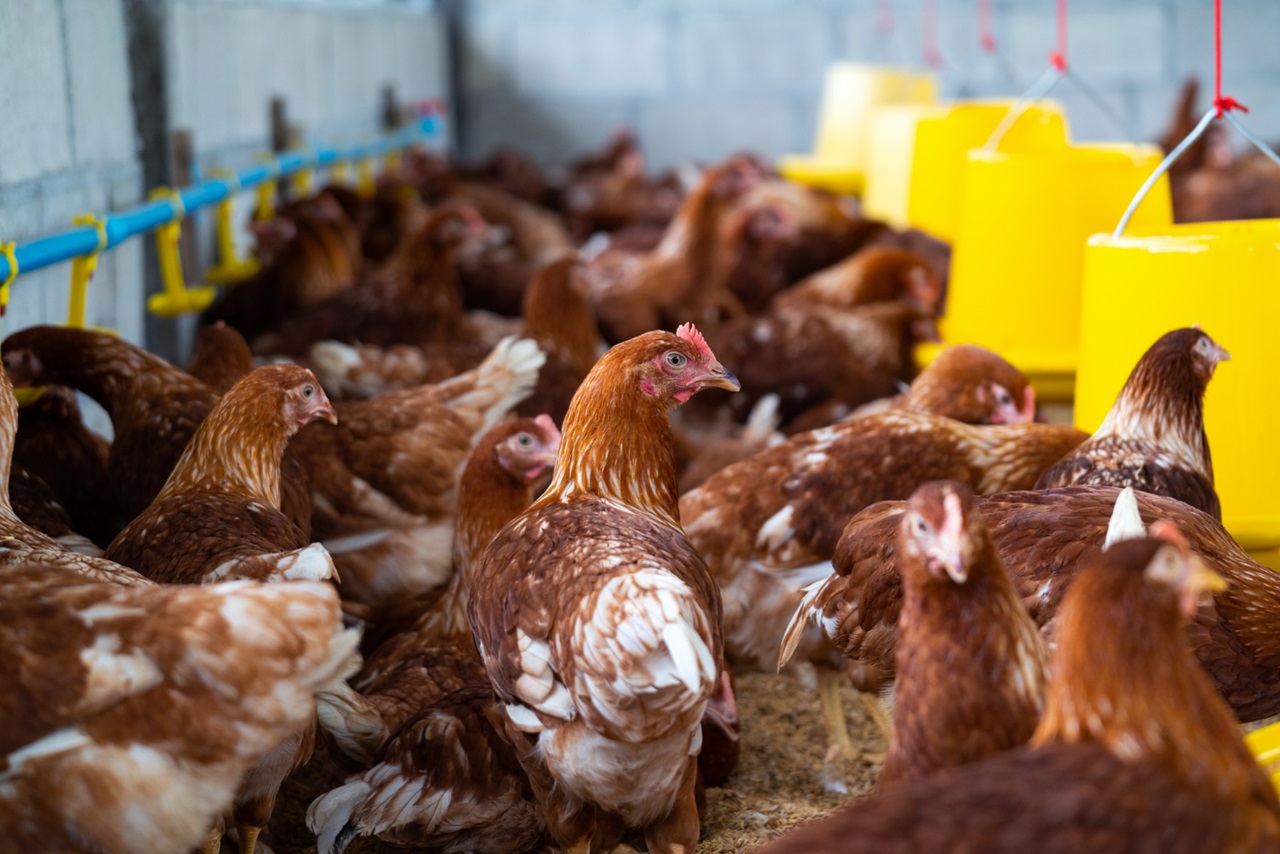Chicken Coop for 8 Chickens: Crafting a Safe Haven for Your Flock
Creating a chicken coop for 8 chickens isn’t just about shelter; it’s about providing a secure haven that promotes their well-being. From construction to maintenance, this guide covers everything you need to know about building a chicken coop that ensures safety, comfort, and a conducive environment for your flock.
Understanding the Needs of 8 Chickens
Ensuring your chicken coop accommodates the needs of 8 chickens requires meticulous planning. From space allocation to nesting areas and perches, every aspect should cater to their comfort and safety. Understand the specific needs of your feathered friends to create a coop that meets their requirements.
Ideal Size and Space Allocation
Adequate space allocation is crucial in preventing overcrowding and stress among chickens. For 8 chickens, aim for a coop size of at least 32 square feet, ensuring ample room for movement, nesting, and roosting. Proper space allocation guarantees their well-being and reduces the risk of aggression.
Location Matters: Placing Your Coop
Selecting the right location for your chicken coop is pivotal. Opt for an area with good drainage, natural light, and ventilation. Additionally, ensure it’s safe from predators and offers easy access for maintenance and cleaning, providing a secure and convenient space for your chickens.
Construction Materials and Design
Choosing the right materials and design ensures durability and functionality. Incorporate sturdy yet cost-effective materials for the coop’s construction, ensuring proper insulation and ventilation. A well-thought design guarantees longevity and ease of maintenance.
Ventilation and Light: Essential Elements
Proper ventilation and lighting are imperative for a healthy coop environment. Ensure adequate airflow to prevent moisture buildup and provide natural light, which aids in egg production and overall chicken health.
Nesting Boxes and Roosting Bars
Dedicate a specific area for nesting boxes, providing a cozy and secluded space for egg-laying. Install roosting bars at varying heights to accommodate different chicken preferences, promoting a sense of security and comfort.
Maintenance and Cleaning Routine
Maintaining cleanliness is key to preventing diseases and ensuring chicken well-being. Establish a regular cleaning routine for the coop, including disinfection, waste removal, and bedding replacement, promoting a hygienic environment for your chickens.
Predator Protection Measures
Implement robust predator protection strategies to safeguard your chickens. Utilize sturdy fencing, secure latches, and predator-proofing techniques to thwart potential threats, ensuring the safety and security of your flock.
Health and Wellness of Your Chickens
Monitoring the health of your chickens is crucial. Learn to identify signs of illness, provide proper nutrition, and administer necessary vaccinations to maintain their well-being and productivity.
Weather Considerations: Seasonal Preparations
Prepare the coop for various weather conditions. Insulate during colder months and provide adequate shade and ventilation in warmer seasons, ensuring your chickens remain comfortable and healthy throughout the year.
Chicken Coop for 8 Chickens: Maximizing Efficiency
Optimize the coop layout for ease of access during egg collection, feeding, and cleaning. Implement efficient systems and storage solutions to streamline daily tasks and ensure a stress-free environment for both chickens and caregivers.
FAQs
- What should be the ideal space per chicken in a coop for 8 chickens?
- How often should I clean the coop?
- Can I use recycled materials for building the coop?
- What are the essential features to protect chickens from predators?
- How do I know if my chickens are stressed?
- Is it necessary to provide artificial lighting in the coop?
Conclusion
Creating a chicken coop for 8 chickens involves careful planning, attention to detail, and a commitment to their well-being. By understanding their needs and implementing the right design and maintenance practices, you can build a safe, comfortable, and thriving space for your beloved flock.
